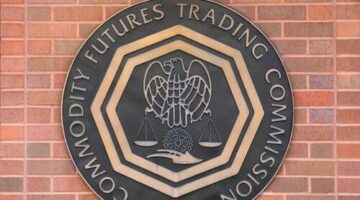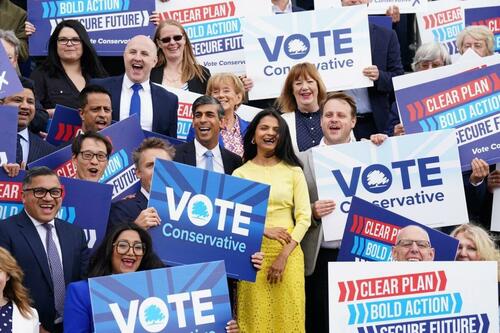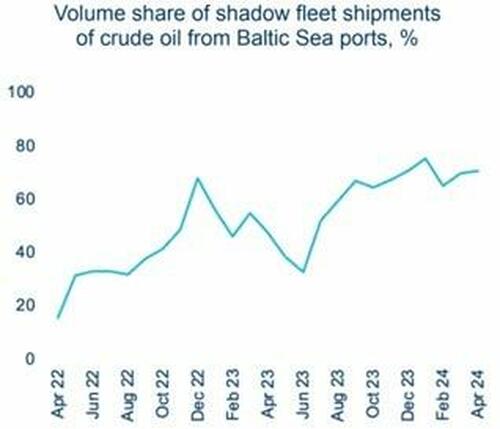
Understanding the Real Costs of Slavery: It’s Not Cheap labor
Slavery has existed throughout history in all places and cultures. It was not introduced by the political state yet, as with many things, slavery could not have had the scope or extent that it did in human history absent the coercive apparatus of the political state. Through cronyism, slaveholders consistently had to seek assistance from the legal system in order to socialize and enforce slavery. The enforcement costs for keeping slaves slaves would have been too high for the minority slaveholding elite to maintain slavery, beyond their own strength or what they could afford to hire.
Lord Mansfield, a British judge, argued the following in a case called Somerset v Stewart (1772), which involved his refusal to forcibly send an enslaved person on English soil over to Jamaica to be sold,
The state of slavery is of such a nature, that it is incapable of being introduced on any reasons, moral or political; but only positive law, which preserves its force long after the reasons, occasion, and time itself from whence it was created, is erased from memory: it’s so odious, that nothing can be suffered to support it, but positive law. (emphasis added)
Positive law, according to Mansfield, was the only thing that could be said to maintain slavery. Slavery, of course, would still exist to an extent without positive law enforcing it, but it is much-weakened without the force of positive law from the state (at taxpayer expense). Besides examining the policies that socialized, enforced, and maintained slavery, we can also—with the help of Mises—come to understand the praxeology involved in slavery and why slaveholders are prone to seek the help of the state.
Slavery and Praxeology
As with economics, it can be helpful to resort to the “Crusoe” economy or society—the economy of one—then adding other people and dynamics from there. Alone on an island, one man has to act and make choices with scarce resources in order to survive and possibly better his condition. If he discovers an animal, like an ox, he may decide to sacrifice time, energy, and resources to train the ox to be more productive than on his own. Of course, no slavery is possible at this point.
If there were only two people on this island, man A may attempt to enslave man B, with a similar goal as with controlling the ox in the first example. To do so similarly requires sacrifice of time, energy, and resources. Even if A succeeds in physically overpowering or threatening B into providing labor for him, it comes with initial expense and continuing enforcement costs. Already we can observe that slavery is costly for the slaveholder to maintain. This necessarily limits the extent of slavery. Mises writes,
People have tried to look upon fellow men as they look upon animals and to deal with them accordingly. They have used whips to compel galley slaves and barge haulers to work like capstan-horses. However, experience has shown that these methods of unbridled brutalization render very unsatisfactory results. Even the crudest and dullest people achieve more when working of their own accord than under the fear of the whip.
Man A—trying to at least derive animal-level production through enslaving B—incurs costs, whether he punishes/threatens, rewards, or both. Use of threat of force does not likely yield the highest quantity or quality of production. Man B—whether avoiding punishment or trying to earn reward—has no incentive to labor since he (mostly) does not benefit from his own labor. B can inhibit production for A—intentionally or unintentionally—through weakness, incompetence, fighting, running away, etc. All these costs A must incur for B’s forced production and—barring a simple love of cruelty—the benefit of B’s production must be greater than the costs of enslaving B.
Among primitive man, Mises explains the next step in the process of the praxeology of ancient slavery,
Primitive man makes no distinction between his property in women, children, and slaves on the one hand and his property in cattle and inanimate things on the other. But as soon as he begins to expect from his slaves services other than such as can also be rendered by draft and pack animals, he is forced to loosen their chains. He must try to substitute the incentive of self-interest for the incentive of mere fear; he must try to bind the slave to himself by human feelings. If the slave is no longer prevented from fleeing exclusively by being chained and watched and no longer forced to work exclusively under the threat of being whipped, the relation between master and slave is transformed into a social nexus.
Praxeologically, we see that there are semi-prohibitive costs to slavery that limit it—acquisition costs, subsistence costs, maintenance costs, management costs, and enforcement costs. To coerce someone into slavery comes with costs that might not be worth it relative to the results of the possible additional production from slavery. This puts negative pressure on slavery as an institution and encourages voluntary production and trade. Concerning this, Mises explains,
The abolition of slavery and serfdom is to be attributed neither to the teachings of theologians and moralists nor to weakness or generosity on the part of the masters…. Servile labor disappeared because it could not stand the competition of free labor; its unprofitability sealed its doom in the market economy.
To put this into historical perspective, especially given the commonplace belief that slavery was “cheap labor,” it has been estimated that, in northern India, an Indian agricultural day laborer around 1850 could be hired for about $15.80 per year (with 300 working days). This was “about one-quarter to one half of the annual cost of food, housing, medical care, and clothing provided to American slaves.” Estimates concerning the annual maintenance of slaves around 1850 range from $30 to $61. The rental rate of slaves annually was estimated (ca. 1850) to be $168 to hire, plus $30 maintenance, for a yearly cost of $198 in the Lower South—about 10 times the cost of the cheapest free labor in India!
Alan L. Olmstead and Paul W. Rhode, in their “Cotton, Slavery, and the New History of Capitalism,” argue, after presenting the above estimates, “Recognizing the high cost of slave labor affects our understanding of the sources of America’s comparative advantage in cotton production: it most certainly was not cheap labor.”
It is a fallacy to assume that because slave labor was unpaid that it was, therefore, cheap or inexpensive. America was land-abundant and labor-scarce, therefore, the normal expectation would be for the price of labor to rise, even in the case of slavery. When purchasing slave labor—by outright purchase or rental—involved upfront costs and ongoing costs. The goal of slave labor, by simple cost-benefit analysis, is to reap a gain in benefits that is higher than the costs. Mises explains the cost-benefit consideration regarding unpaid labor,
The price paid for the purchase of a slave is determined by the net yield expected from his employment (both as a worker and as a progenitor of other slaves) just as the price paid for a cow is determined by the net yield expected from its utilization. The owner of a slave does not pocket a specific revenue. For him there is no “exploitation” boon derived from the fact that the slave’s work is not remunerated and that the potential market price of the services he renders is possibly greater than the cost of feeding, sheltering, and guarding him.
Mises elaborates that the price at which a slaveholder buys a slave takes into account the overall expected production yield from the use of the slave versus the yield without a slave. The price for purchase of slave labor is paid upfront, but then there are ongoing costs—feeding, sheltering, guarding, etc. All these costs disincentivize slavery. Therefore, just because a slave is unpaid does not mean that he is employed for “free” or that slavery is cheap labor.
Furthermore, if a slave escapes, then the slaveholder might incur further expenses in catching him or having him caught. To decide that it would be worth it to devote resources to catch a slave, it implies that the diverted effort and resources must be worth the additional production by the slave if caught. For any slave-hunting business to exist, the slaveholder must be willing to pay more than the initial and ongoing costs on slave labor and the slave’s production, if caught, must exceed the expenses. Otherwise, slavery would hardly be worth it on a free market. Slavery could not compete with free labor on the free market. It was only the state apparatus that could socialize, subsidize, and expand slavery for the profit of some at the expense of the non-slaveholding population. Argues Mises,
Now, at no time and at no place was it possible for enterprises employing servile labor to compete on the market with enterprises employing free labor. Servile labor could always be utilized only where it did not have to meet the competition of free labor.
Slavery, praxeologically and historically, was neither cheap to implement or maintain. In fact, so costly was the system that it required socialization and subsidization via the state apparatus (at taxpayer expense). Free markets, even despite man’s penchant for cruelty, domination, and oppression, puts pressures on slavery and incentivizes voluntary cooperation as cheaper and more productive.
Originally Posted at https://mises.org/
Stay Updated with news.freeptomaineradio.com’s Daily Newsletter
Stay informed! Subscribe to our daily newsletter to receive updates on our latest blog posts directly in your inbox. Don’t let important information get buried by big tech.
Current subscribers:








